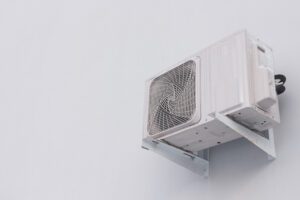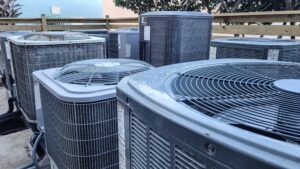The quality of the air we breathe is essential for our health and well-being. It’s especially important to pay attention to the indoor air quality of our homes, where we spend a significant amount of time. In Martinsburg, West Virginia, the summer season brings with it various factors that can affect indoor air quality. In this article, we will explore the importance of good indoor air quality, common pollutants that can impact it, ways to assess and improve it, the role of ventilation, and how outdoor air can intrude and affect the air inside your home.
Understanding Indoor Air Quality
Before diving into ways to improve indoor air quality, let’s first understand what it means. Indoor air quality refers to the cleanliness and purity of the air inside a building or structure, such as your home. Good indoor air quality is crucial for maintaining optimal health and preventing respiratory issues.
When it comes to indoor air quality, it’s not just about the absence of pollutants but also about the presence of fresh, clean air. Proper ventilation plays a key role in ensuring that indoor spaces have a constant supply of fresh outdoor air, reducing the concentration of indoor pollutants.
The Importance of Good Indoor Air Quality
Having good indoor air quality is vital for several reasons. Firstly, it can prevent respiratory problems such as allergies, asthma, and respiratory infections. Secondly, it can improve sleep quality and overall well-being. Lastly, it can enhance focus and productivity, especially when working or studying from home.
Moreover, good indoor air quality is particularly important for vulnerable populations such as children, the elderly, and individuals with pre-existing respiratory conditions. For these groups, exposure to indoor pollutants can exacerbate health issues and lead to more frequent and severe symptoms.
Common Pollutants Affecting Indoor Air Quality
There are various pollutants that can affect the air quality inside your home. Some of the most common indoor pollutants include:
- Dust mites, which can trigger allergies and asthma.
- Pet dander, especially if you have furry pets.
- Mold and mildew, which thrive in areas with high humidity.
- Volatile organic compounds (VOCs), emitted by household cleaning products, paints, and furniture.
- Tobacco smoke, which contains harmful chemicals.
It’s essential to be mindful of these pollutants and take proactive steps to reduce their presence in your indoor environment. Regular cleaning, proper ventilation, and the use of air purifiers can all contribute to maintaining good indoor air quality and promoting a healthier living space.
Assessing Your Home’s Indoor Air Quality
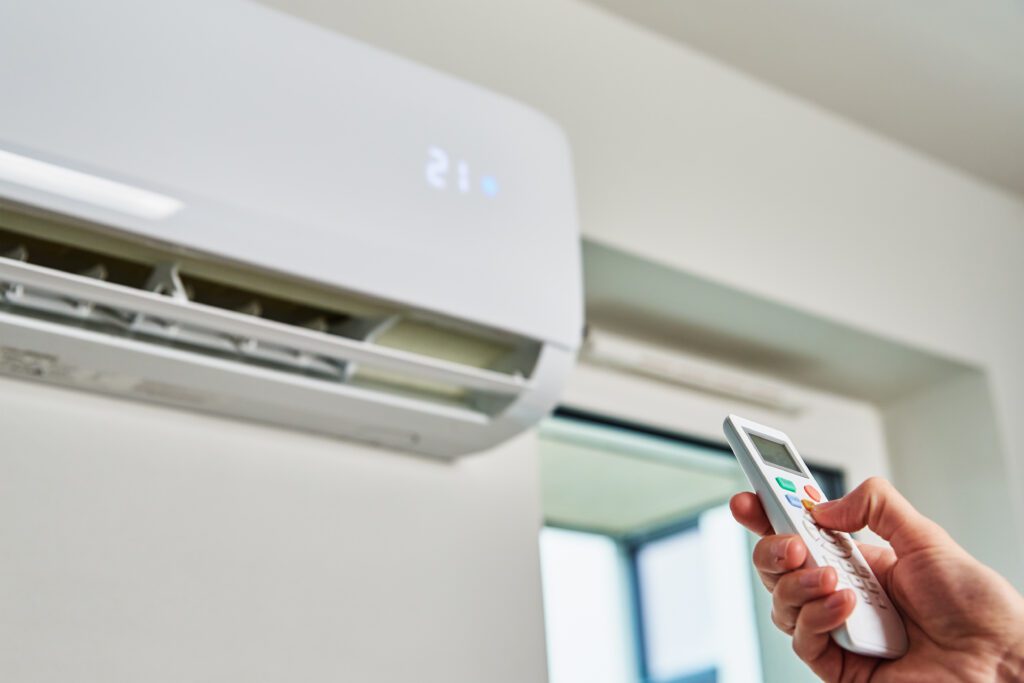
Now that we understand the importance of maintaining good indoor air quality, let’s explore how to assess the air quality in your Martinsburg home. Ensuring that the air you breathe indoors is clean and healthy is crucial for your overall well-being and comfort.
Indoor air quality can be affected by various factors, including inadequate ventilation, the presence of pollutants, and high humidity levels. Identifying and addressing issues related to indoor air quality can lead to a healthier living environment for you and your family.
Signs of Poor Indoor Air Quality
There are several signs that can indicate poor indoor air quality in your home. These include:
- Frequent occurrences of coughing, sneezing, or congestion.
- Unpleasant odors or a musty smell.
- Visible mold or mildew growth.
- Excessive dust accumulation.
- Worsening allergies or asthma symptoms.
If you notice any of these signs, it may be time to assess and improve your home’s indoor air quality to create a healthier living environment for you and your loved ones.
Tools for Measuring Indoor Air Quality
To accurately measure the air quality in your home, you can utilize various tools:
- Air quality monitors: These devices can measure the levels of pollutants such as VOCs, particulate matter, and humidity. By monitoring these factors, you can identify potential sources of indoor air pollution and take steps to address them.
- Carbon monoxide detectors: These detectors can alert you if there are high levels of carbon monoxide in your home, which can be a sign of poor ventilation or a faulty appliance. Carbon monoxide is a colorless, odorless gas that can be harmful when inhaled in high concentrations, making it essential to have detectors installed in key areas of your home.
Regularly monitoring and assessing your home’s indoor air quality can help you maintain a healthy and comfortable living environment for you and your family. By being proactive about indoor air quality, you can reduce the risk of respiratory issues, allergies, and other health problems associated with poor air quality.
Strategies to Improve Indoor Air Quality
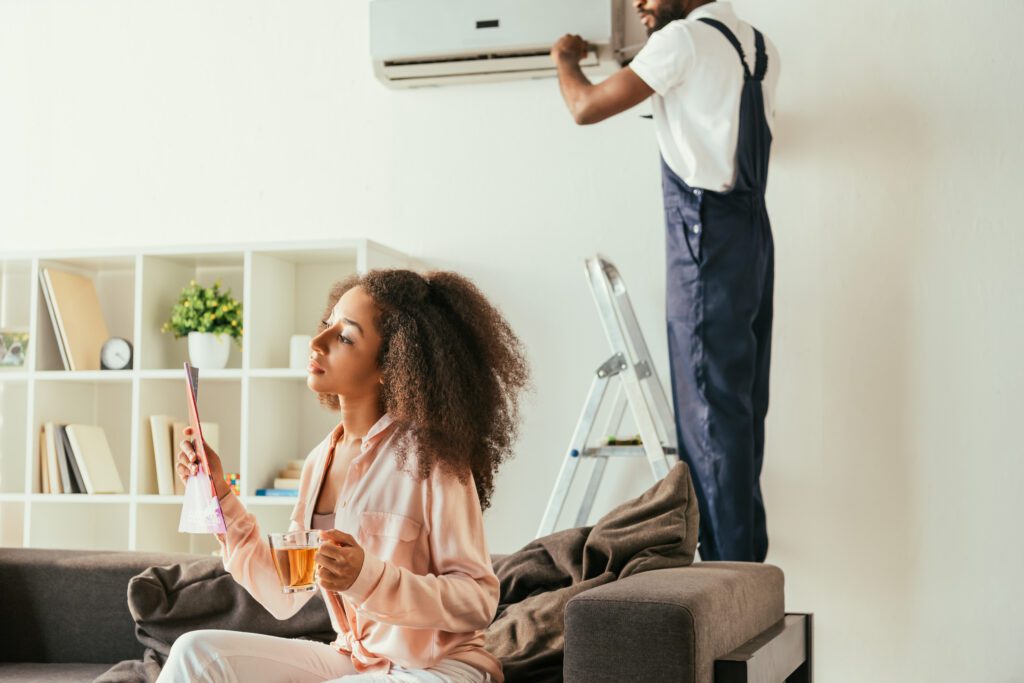
Now that you have assessed your home’s indoor air quality, let’s explore some effective strategies to improve it. Ensuring that the air you breathe indoors is clean and healthy is crucial for your overall well-being.
One important aspect of maintaining good indoor air quality is regular cleaning and maintenance. By keeping your living space clean and well-maintained, you can significantly reduce the presence of allergens and pollutants in the air.
Regular Cleaning and Maintenance
Keeping your home clean and well-maintained is essential for good indoor air quality. Here are some cleaning and maintenance tips:
- Vacuum carpets and rugs regularly using a HEPA filter vacuum cleaner to remove dust and allergens.
- Dust surfaces with a damp cloth to prevent the spread of dust particles into the air.
- Change and clean air filters in your HVAC system regularly to ensure proper air circulation.
In addition to regular cleaning, incorporating air-purifying plants into your indoor space can further enhance air quality. Not only do plants add a touch of nature to your home, but they also act as natural air purifiers.
Choosing Air-Purifying Plants
Plants not only add beauty to your home but can also help purify the air. Consider adding air-purifying plants such as snake plants, spider plants, or pothos to help remove pollutants and increase oxygen levels.
Furthermore, utilizing air purifiers and humidifiers can provide targeted solutions to specific air quality issues in your home. These devices work to cleanse the air and maintain optimal humidity levels.
Utilizing Air Purifiers and Humidifiers
Air purifiers and humidifiers can also be effective tools to improve indoor air quality:
- Air purifiers with HEPA filters can capture and remove harmful particles from the air.
- Humidifiers can add moisture to the air, especially during dry summer months, preventing dryness and irritation.
Ventilation and Your Home’s Air Quality
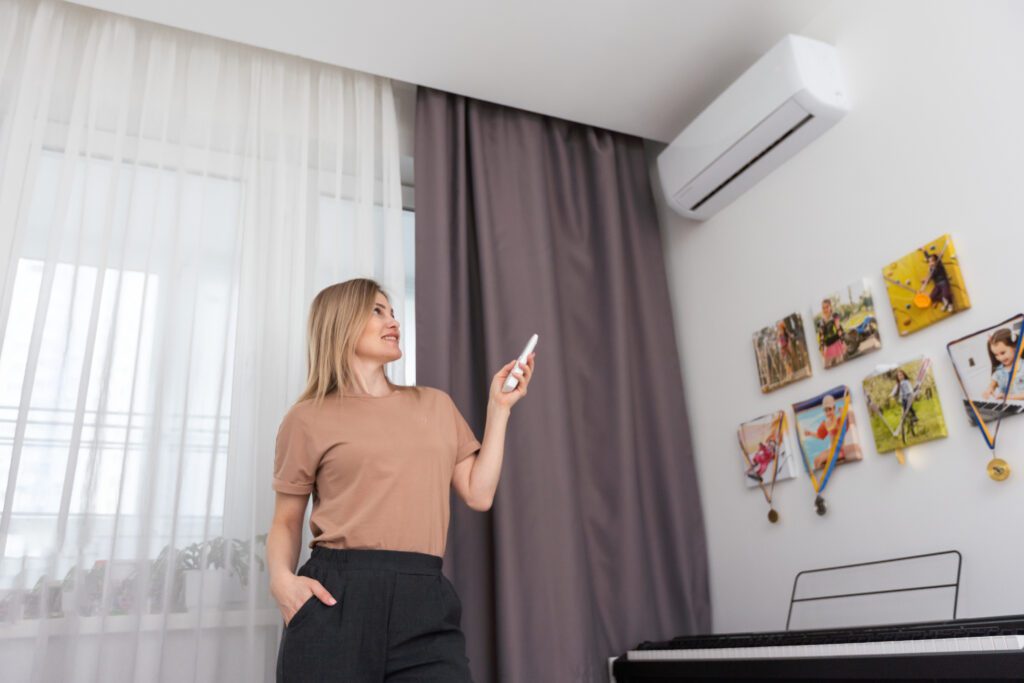
Ventilation plays a crucial role in maintaining good indoor air quality. Proper ventilation helps remove stale air and pollutants while bringing in fresh outdoor air. Here are some tips for improving home ventilation:
When it comes to ventilation, it’s not just about letting air in and out of your home. It’s about creating a healthy and comfortable living environment for you and your family. Proper ventilation can also help in reducing the risk of mold growth and improving overall respiratory health.
The Role of Proper Ventilation
Proper ventilation helps prevent the buildup of indoor pollutants and maintains a healthy indoor environment. It can also help regulate temperature and reduce excess humidity.
Moreover, adequate ventilation is essential for removing airborne contaminants such as volatile organic compounds (VOCs) and formaldehyde, which can be emitted from household products and furniture. By ensuring proper ventilation, you can create a safer and more pleasant indoor environment for everyone in your household.
Tips for Improving Home Ventilation
To enhance home ventilation and improve air quality:
- Open windows and doors to let fresh air circulate.
- Install exhaust fans in kitchens and bathrooms to remove moisture and odors.
- Consider using a heat recovery ventilator (HRV) or energy recovery ventilator (ERV) to bring in fresh air while recovering heat or coolness.
Additionally, incorporating houseplants into your home can also help improve indoor air quality by naturally filtering out pollutants and releasing oxygen. Plants like aloe vera, spider plants, and peace lilies are known for their air-purifying properties, making them a great addition to your home’s decor while also serving a functional purpose in enhancing ventilation.
The Impact of Outdoor Air on Indoor Air Quality
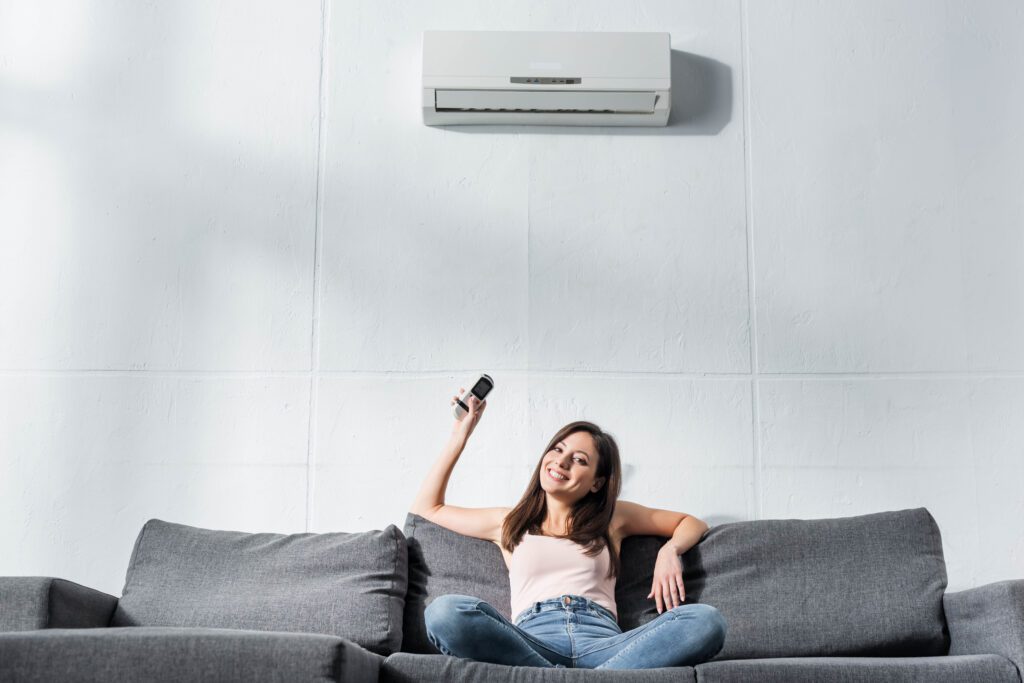
The air quality outside your home can directly affect the air quality inside. Let’s explore how outdoor pollutants can intrude and ways to minimize their impact.
Understanding the dynamics of outdoor air and its influence on indoor air quality is crucial for maintaining a healthy living environment. Outdoor pollutants, ranging from vehicle emissions to pollen and industrial pollutants, can easily infiltrate your home, posing potential health risks. Being aware of these external factors is the first step in safeguarding your indoor air quality.
How Outdoor Pollutants Can Affect Your Home
Outdoor pollutants, such as vehicle emissions, pollen, and industrial pollutants, can find their way into your home and impact indoor air quality. It’s important to minimize their entry to maintain a healthy indoor environment.
In addition to the commonly known outdoor pollutants, factors like wind direction, proximity to industrial sites, and even the presence of nearby trees can play a role in the quality of the air inside your home. These elements can contribute to the levels of particulate matter and volatile organic compounds (VOCs) present indoors, underscoring the interconnectedness of outdoor and indoor air quality.
Ways to Minimize Outdoor Air Intrusion
To minimize the intrusion of outdoor pollutants into your home:
- Keep windows and doors closed during times of heavy pollution, such as during high pollen counts or nearby construction.
- Ensure proper sealing of windows and doors to prevent drafts and outdoor air infiltration.
- Use air filters in your HVAC system to capture outdoor pollutants before they enter your home.
By following these strategies, you can significantly improve the indoor air quality of your Martinsburg home this summer. Prioritizing good indoor air quality is a proactive step towards creating a healthier and more comfortable living environment for you and your family.


